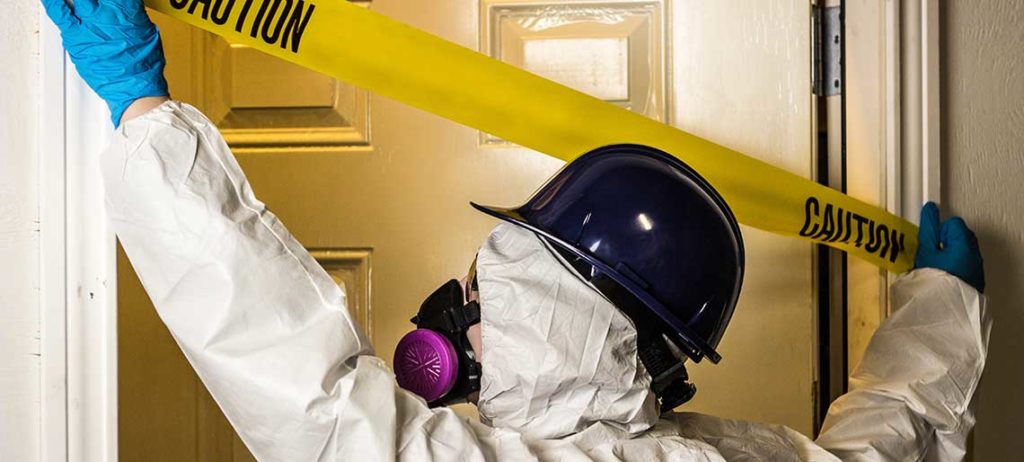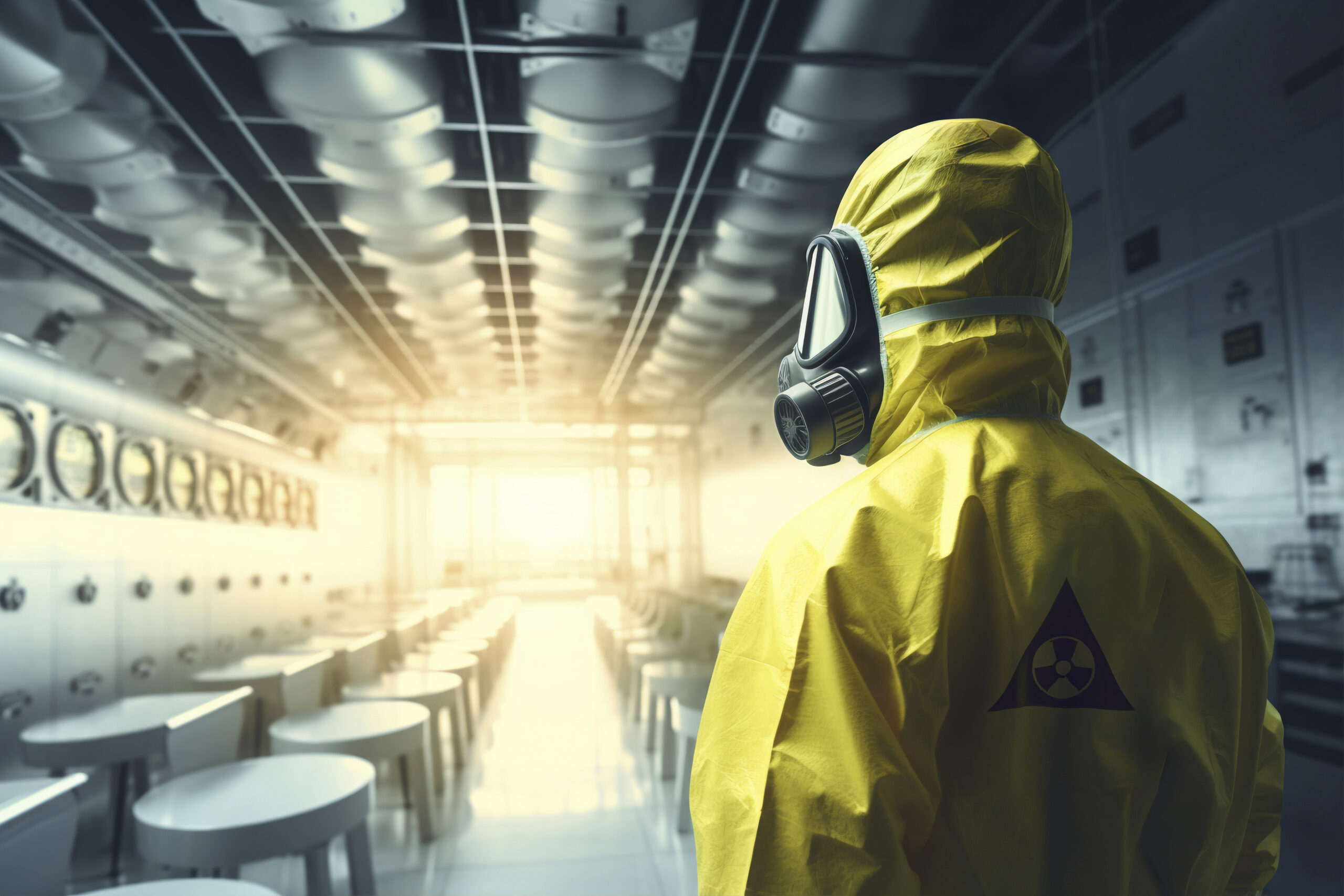Clandestine Lab Cleanup: Comprehensive Purification for Hazardous Sites
Clandestine Lab Cleanup: Comprehensive Purification for Hazardous Sites
Blog Article
Expert Biohazard Cleaning and Decontamination for Blood, Bodily Fluids, and Hazardous Products
The potential health and wellness dangers linked with exposure to biohazards highlight the crucial requirement for thorough handling and extensive cleaning. As we browse the intricate landscape of biohazard clean-up, recognizing the subtleties of regulations, compliance, and the specific devices at play comes to be important in making sure a extensive and risk-free purification procedure.
Wellness Threats of Biohazard Exposure
Exposure to biohazards poses significant health and wellness dangers that can lead to serious repercussions for areas and people alike. Biohazards include a large range of organic materials, consisting of blood, physical liquids, mold, germs, viruses, and other potentially contagious materials. When individuals come into contact with these biohazards, whether through crashes, inappropriate handling, or ecological direct exposure, they deal with the danger of contracting major diseases or diseases.
Among the key wellness dangers related to biohazard exposure is the transmission of infectious conditions. Bloodborne virus such as HIV, hepatitis B and C, and various bacteria can be existing in biohazardous products, positioning a direct threat to human wellness. Breathing in air-borne biohazards like mold spores or entering contact with infected surface areas can additionally lead to breathing problems, allergic reactions, and other unfavorable wellness results.
Furthermore, biohazard exposure can have lasting health and wellness ramifications, with some conditions materializing years after the initial call (Blood Cleanup). Consequently, it is crucial to focus on appropriate biohazard cleaning and purification to alleviate these health and wellness risks and make certain the safety and security of people and communities

Specialized Educating for Biohazard Cleaning
When it pertains to handling biohazard clean-up successfully and safely, specialized training plays a basic role in guaranteeing correct decontamination procedures are adhered to. Biohazard cleaning requires certain expertise and abilities to effectively reduce dangers linked with bloodborne virus, physical liquids, and unsafe products. Professionals learnt biohazard cleanup undergo rigorous instruction on how to safely deal with, remove, and throw away biohazardous products to stop contamination and direct exposure.
Specialized training for biohazard clean-up covers a series of crucial topics, including proper individual protective tools (PPE) usage, bloodborne pathogen awareness, purification methods, and unsafe waste disposal protocols. Individuals learnt biohazard clean-up are equipped with the required know-how to examine contamination degrees, identify potential threats, and apply proper clean-up procedures in conformity with regulative requirements.
Continuous training and education and learning are vital in the field of biohazard cleanup to remain updated on the current purification innovations, security methods, and guidelines. By investing in specialized training, biohazard cleaning experts can efficiently react to emergency cleanup scenarios and protect both public wellness and the atmosphere.
Importance of Correct Decontamination Strategies
Using correct decontamination techniques is vital in biohazard clean-up to effectively get rid of hazardous products and minimize health and wellness threats. Efficient purification not only guarantees the elimination of visible traces of blood, physical fluids, and various other biohazards but likewise targets unseen microorganisms that may posture major wellness risks otherwise correctly gotten rid of. By following strict decontamination protocols, educated professionals can dramatically minimize the risk of exposure to unsafe microorganisms, infections, and germs that could lead to diseases or infections.
Correct decontamination strategies entail the use of customized tools and anti-bacterials that are specifically developed to reduce the effects of biohazards effectively. Thorough cleansing and sanitation of contaminated locations are important to avoid the spread of microorganisms and make sure a secure setting for owners. Additionally, the appropriate disposal of biohazardous waste complying with purification treatments is vital in stopping contamination of various other surface areas or people.

Tools and Devices for Safe Clean-up
The appropriate equipment and devices play a crucial duty in making sure the reliable and risk-free clean-up of biohazardous materials. When handling blood, bodily liquids, or hazardous products, biohazard cleaning professionals rely upon specialized equipment to reduce direct exposure dangers and thoroughly sanitize the affected location. Personal safety equipment (PPE) such as handwear covers, coveralls, masks, and safety glasses are crucial to safeguard versus direct call with potentially contagious products. Furthermore, biohazard cleansing kits having disinfectants, absorptive materials, and biohazard bags are made use of to securely contain and dispose of contaminated products. Blood Cleanup.
Advanced cleansing tools like hospital-grade disinfectants, HEPA-filtered vacuum cleaners, and misting equipments are employed to sanitize surfaces and eliminate biohazards properly. Specialized equipment such as sharps containers and biohazard waste disposal bins are utilized to safely go to my site handle sharp items and biohazardous waste biohazard death cleanup products. By using the appropriate tools and devices, biohazard cleansing professionals can guarantee a comprehensive cleanup process that prioritizes safety and reduces health risks for both workers and occupants of the affected space.
Rules and Conformity in Biohazard Cleansing
Correct adherence to guidelines and conformity requirements is vital in biohazard cleansing to guarantee the security of both personnel and the environment. Government agencies such as OSHA (Occupational Security and Health Administration) and the EPA (Epa) have actually developed certain guidelines for biohazard cleanup procedures to minimize wellness threats and environmental contamination. These policies cover a range of facets consisting of the handling, transportation, and disposal of biohazardous materials, as well as the essential training and safety devices needed for workers included in the clean-up process.
Biohazard cleansing business need to stay updated with these guidelines to ensure that their operations meet the needed safety and security criteria. Failure to adhere to these guidelines can result in extreme repercussions, consisting of fines, legal action, and endangering the wellness of individuals and the setting. By following rigorous guidelines and conformity procedures, biohazard cleaning firms can successfully mitigate threats and make sure crime scene cleanup school a risk-free and comprehensive cleaning process for all events involved.
Final Thought
Finally, biohazard cleansing and purification need customized training, proper strategies, and adherence to policies. Direct exposure to blood, physical fluids, and harmful products positions considerable wellness risks, making it important to use the ideal tools and tools for risk-free cleaning. By following strict procedures and standards, professionals can efficiently alleviate the dangers associated with biohazard direct exposure and make certain the safety of both themselves and others.
As we browse the complex landscape of biohazard cleaning, recognizing the subtleties of regulations, compliance, and the specialized equipment at play ends up being critical in making sure a secure and detailed purification procedure. (Blood Cleanup)
When it comes to taking care of biohazard cleanup efficiently and securely, specialized training plays a basic duty in making certain appropriate purification procedures are complied with.Utilizing proper purification strategies is critical in biohazard cleaning to properly get rid of dangerous products and reduce wellness risks. In addition, biohazard cleansing sets including disinfectants, absorbing products, and biohazard bags are utilized to safely have and get rid of of infected products.
Government firms such as OSHA (Occupational Security and Health Management) and the EPA (Environmental Protection Firm) have actually developed specific standards for biohazard cleanup treatments to lessen health threats and environmental contamination.
Report this page